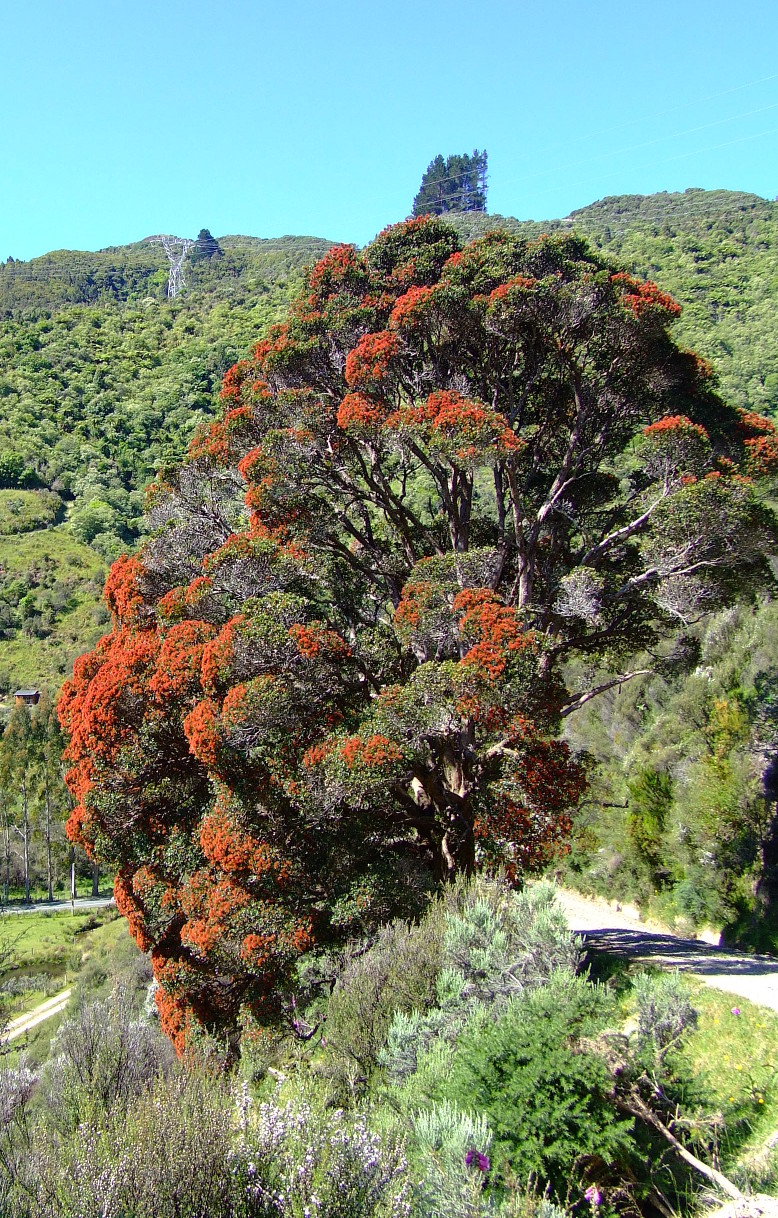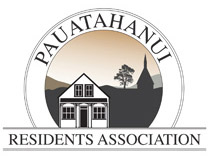Land Management
Pasture Management
Maintaining healthy pasture is key to maintaining healthy stock and maintenance tools and materials are available from suppliers. Some useful pointers for pasture and land management are:
- Rotate stock to ensure that pasture isn’t over grazed. Grass of about 15cm has more balanced nutrient content
- If paddocks are dry or the grass is not growing well, stock feed should be supplemented with hay, baleage or suitable pellets so they don’t graze the paddocks too short
- Removing animal faeces can support pasture growth and reduce problems with parasitic worms. In dry weather harrowing or spreading the faeces can also assist. In damper conditions however this can spread the worm larvae.
- Prevent paddocks from being too heavily stocked creating bald patches, rotating between pastures regularly and by letting the grass grow out and mowing it every now and then
- It’s good to reseed existing grass at least every 10-15 years. The best time to do this is early autumn, or otherwise spring, when temperature and rainfall are favourable.
- Oversow bald patches in pasture every year
- Get soil tested regularly so pasture pH and which nutrients are deficient are known. Choose the right type of fertiliser to address any nutrient deficiencies. Fertilisers can be organic or artificial.
Test kits for sampling soil can be obtained from Hill Laboratories
or through rural suppliers PGG Wrightsons
Fertiliser companies will also assist with information and analysis.
- Ballance https://lifestyle.ballance.co.nz/
- Ravensdown https://www.ravensdown.co.nz/services/testing/soil-testing
Common Weeds
 A weed is simply a plant growing where it is not wanted. For lifestyle farmers, weeds can cause four main issues:
A weed is simply a plant growing where it is not wanted. For lifestyle farmers, weeds can cause four main issues:
- They decrease the amount of high quality, palatable feed in a paddock, therefore limiting animal production
- Some weeds are poisonous and can harm stock
- Some weeds contribute to hide or fleece damage, creating the opportunity for diseases to take hold
- Some weeds destroy native bush by encroaching on native bush areas or smothering native seedlings
- Many / most weed seeds are windborne and can contaminate neighbouring properties, causing issues for others.
Weed control is usually an ongoing battle for those living rurally. It is important that property owners are aware of their legal obligations with respect to managing specific weeds on their property.
Most weed species spread very rapidly and should therefore be controlled when they first appear.
Sometimes the initial question is identifying weeds and knowing what herbicides or methods to use for optimal control. These vary significantly depending on the weed being dealt with.
There are also Regional Council requirements regarding the distances various weeds must be kept back from a boundary. In the interests of good neighbourly relations it can be helpful to know these. For example, for two of Pāuatahanui’s more common weeds, the distances are 10 metres for gorse and 50 metres for ragwort. Ragwort is a serious pest, toxic to horses and with seeds remaining viable for up to ten years.
More detailed information on pest weeds and their treatment is available
- Common weed control
- Pest Plants of the Wellington Region
- Greater Wellington website at Pest plants
- Massey University website Weeds Database
- AgPest
Further information on weed control is available from Greater Wellington Regional Council Ph: (04) 384 5708 or freephone 0800 496 734
Email: info@gw.govt.nz
Other Useful Resources
- Weedbusters website has good information on control with the weeds listed alphabetically Weed List • Weedbusters
- PGG Wrightson Pasture Weed Watch
- https://www.lifestyleblock.co.nz/lifestyle-file/running-the-farm/weed
Shelterbelts
Shelterbelts provide important shelter for stock and can also be useful for erosion control, screening untidy areas and generally enhancing your property.
Remember however that trees grow and should not be planted too close to roads, power lines, houses, boundaries etc. Landowners may be required to trim trees where these encroach on road reserve or affect utilities or safe access.
A large range of plant species can be used for shelter belts. This resource from Greater Wellington Regional Council has suggestions for shelter belt species and design.
Significant Natural Areas

The Council is required by law to identify and hold a Schedule of Significant Natural Areas (SNAs) within the Porirua-Pãuatahanui area. SNAs are areas of significant indigenous vegetation and significant habitats of indigenous fauna. They are large areas generally over 0.5 hectares (1.2 acres) in size, sometimes over more than one property. They can include native vegetation, regenerating vegetation (for example, gorse and manuka) and wetlands. There are various circumstances where removal of native vegetation is allowed, but it is possible that a resource consent would be required for clearance of native vegetation.
The Council does not require fencing of these areas or for the landowner to undertake any other form of stock management. Although not required, restoration and maintenance of SNAs is encouraged and there are numerous organisations and funds that landowners can access to look after biodiversity on their property.
Significant natural areas - FAQ - Porirua City
Other useful links:
- Wellington Regional Plant Guide: Wellington Regional Native Plant Guide
- Restoration Planting: A guide to planning restoration planting projects in the Wellington Region: http://www.gw.govt.nz/assets/council-publications/Restoration-Planting-Guide.pdf
- Managing Your Bush Block: A guide to looking after indigenous forest remnants in the Wellington Region: http://www.gw.govt.nz/assets/council-publications/Managing-Your-Bush-Block-GWRC-Web.pdf
Clean Fill
Clean fill is waste material, generally collected from construction projects, that contains (in isolation or in combination) dirt, cement, concrete, gravel, brick, top soil, sand, and rubble. Rural properties are often sought for disposing of clean fill and it can appear to be an ideal way to fill hollows or build up areas of land. Although the dumping of cleanfill is permitted in the rural zone it may still be subject to certain conditions so it pays to check with the Regional Council. It is also important to check what the clean fill does contain, to ensure there are no contaminants that will cause future issues. Clean fill may need compacting and must be managed to ensure it does not slip, subside or cavitate (create deep hollows) and create a hazard.
